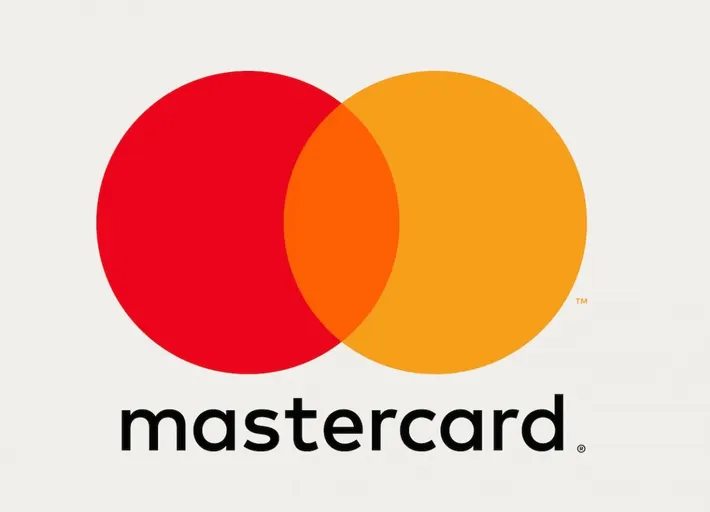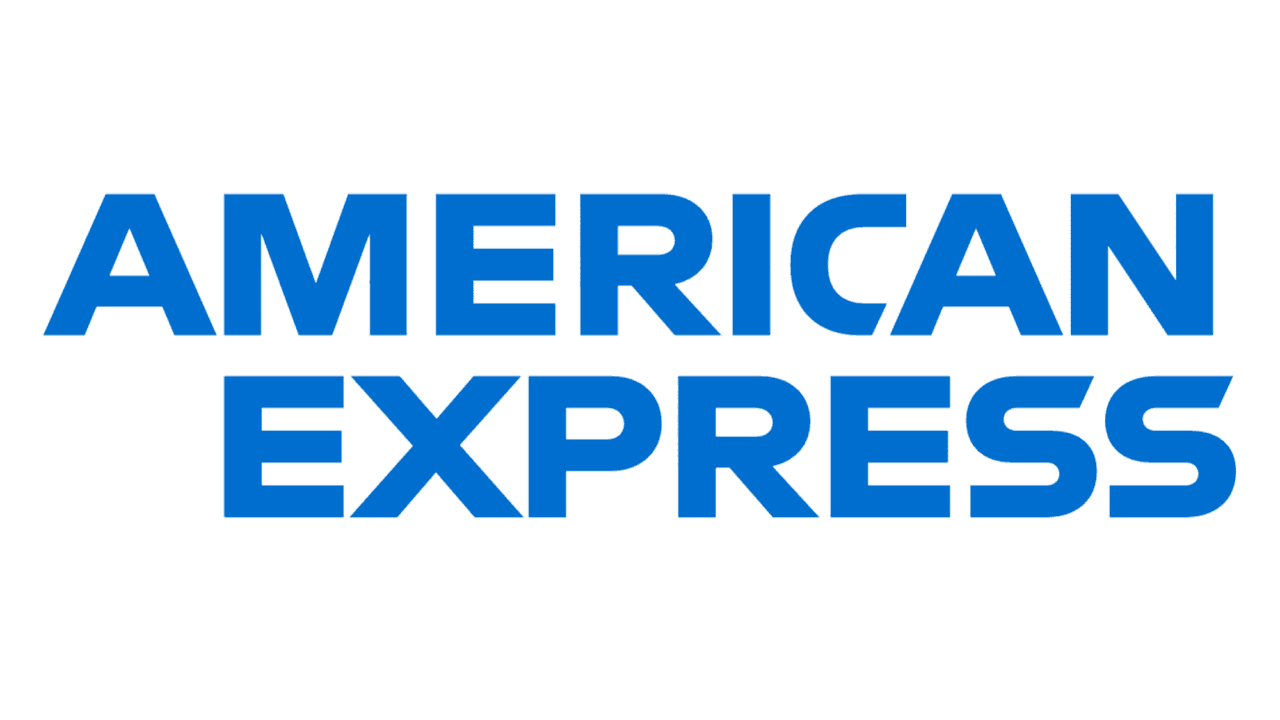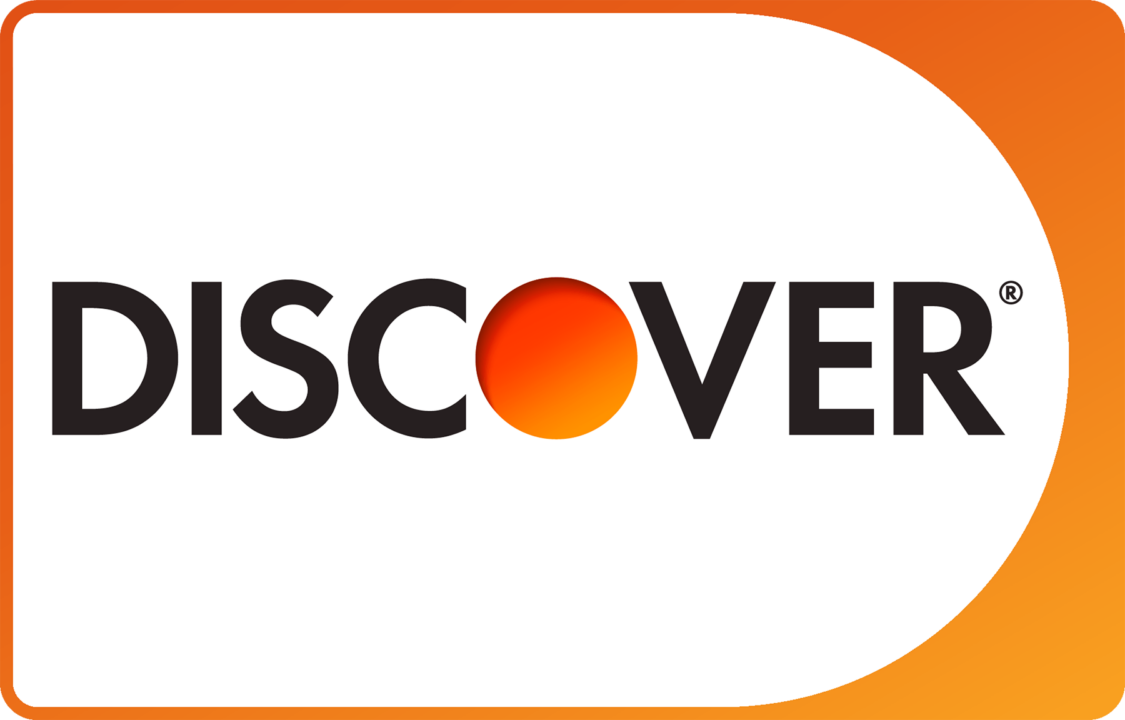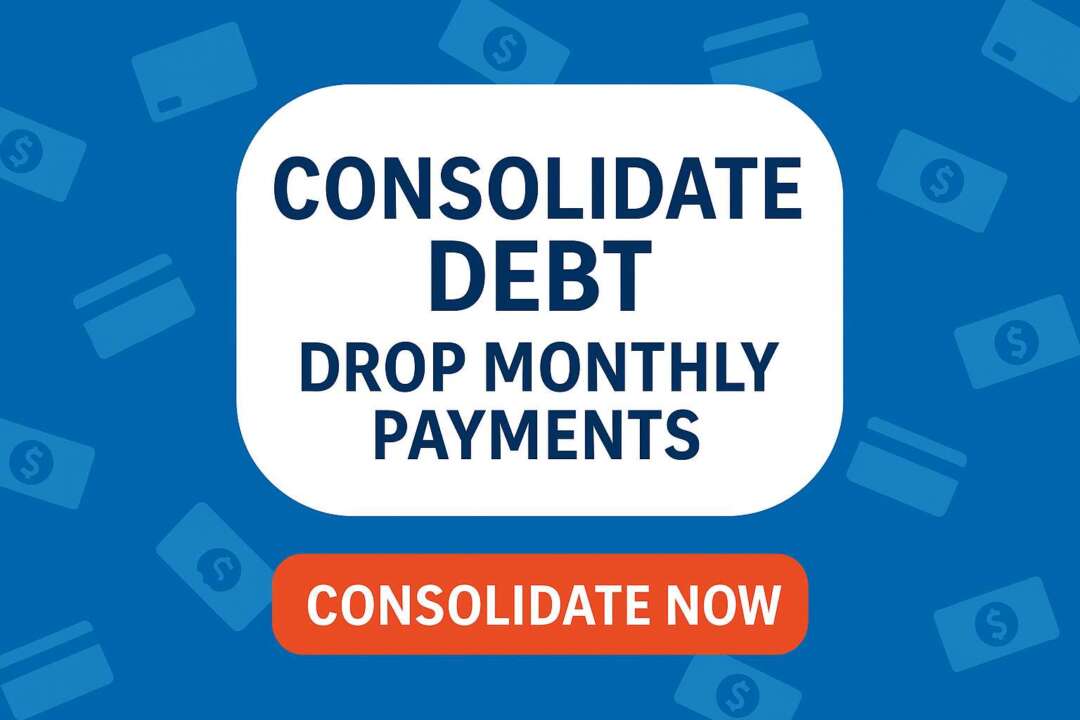Are You Overpaying for home insurance? 8 Sneaky Home Insurance Traps Costing You Money
Ever get that nagging feeling you might be paying too much for homeowners insurance? You’re not alone. While insurance companies aren’t doing anything illegal, their standard practices often rely on customers not paying close attention.
The good news? A little awareness goes a long way. Understanding these common industry tactics can help you sidestep the pitfalls, keep more money in your pocket, and ensure you have the right insurance coverage – not just the most expensive. Let’s dive into 8 common traps and how to avoid them, potentially saving you thousands over time.
Home Insurance Cost Trap #1: The “Set It and Forget It” Syndrome
Insurance companies know that most people buy a home insurance policy when they purchase their home… and then barely glance at it again.
The Reality: They count on this inertia. While you’re not looking, premiums can creep up year after year. What seems like a small increase annually adds up significantly.
[💡 Your Escape Plan:] Shop Your Policy Annually. Make it a yearly financial check-up. Even if your mortgage lender handles the payment via escrow, you are responsible for ensuring you get the best rate. Use online tools or an agent to compare homeowners insurance quotes from multiple carriers every single year before your renewal date.
Trap #2: The Tempting Teaser Rate
Switching insurers often comes with an attractive, low introductory rate. It feels like a win!
The Catch: This low price might just be a “teaser” designed to hook you. The rate can jump substantially at your first renewal, leaving you paying more than you expected.
[💡 Your Escape Plan:] Mark Your Calendar. When you switch to a new policy for a better rate, immediately set a reminder on your phone or calendar for about 10 months later. This prompts you to compare insurance quotes beforethe potential renewal hike traps you.
Home Insurance Cost Trap #3: The Big Brand Illusion
Constant advertising featuring catchy jingles and mascots makes it seem like only a handful of giant companies dominate the home insurance market.
The Reality: There are hundreds of insurance providers, including excellent smaller, regional carriers. These companies often offer more competitive rates and personalized customer service because they don’t spend millions on Super Bowl ads.
[💡 Your Escape Plan:] Look Beyond the Familiar Logos. Don’t assume the best home insurance company for you is one you recognize from TV. Actively seek quotes from lesser-known or regional insurers. An independent insurance agent is invaluable here, as they work with many different companies.
Trap #4: The Automatic Bundle Assumption
“Bundle your home and auto insurance and save!” It’s one of the most common pitches in the industry.
The Nuance: While bundling can sometimes save money compared to that specific company’s individual rates, it’s NOT always the cheapest option overall. Comparing the bundle to offers from entirely different carriers is key. Bundling also makes it harder to see exactly where potential savings (or lack thereof) are coming from.
[💡 Your Escape Plan:] Always Compare Apples-to-Apples AND Apples-to-Oranges. Get quotes for:
- Your current company’s bundle.
- Your current company’s unbundled home and auto rates.
- Bundled quotes from other insurance carriers.
- Unbundled quotes from other carriers. Don’t let the simplicity of bundling prevent you from finding the true best deal on your home insurance and auto insurance.
Home Insurance Cost Trap #5: The Over-Insurance Oversell
It sounds counterintuitive, but you can be paying for too much coverage.
The Key Distinction: Your policy needs to cover the cost to rebuild your home (often called Dwelling Coverage or Coverage A), not its current market value (what you could sell it for). Insurers, especially on policies not recently reviewed, might use inflated rebuild cost estimates, driving up your premium unnecessarily. Also, check for overlapping coverage add-ons (riders) and ensure your personal property coverage amount reflects your belongings’ actual value.
[💡 Your Escape Plan:] Right-Size Your Coverage. Work with an independent agent or do your own research. Get a realistic estimate of local rebuild costs per square foot. Compare this to your policy’s dwelling coverage limit. Question coverage amounts that seem excessively high. Review your riders and personal property limits annually.
Home Insurance Cost Trap #6: Paying for Pointless Add-Ons
Water backup, identity theft protection, equipment breakdown… these endorsements can be useful for some, but are they right for you?
The Risk: You might be paying for add-ons bundled into your policy years ago that you don’t need, don’t understand, or that offer minimal real-world benefit for your specific situation.
[💡 Your Escape Plan:] Audit Your Endorsements. Grab your policy’s declarations page. Go through each add-on listed. Ask honestly: “Do I understand what this covers? Is this a significant risk for me? Could I cover this potential cost out-of-pocket?” If an add-on doesn’t provide clear value, consider removing it to lower your insurance premium.
Home Insurance Cost Trap #7: The Deductible Danger Zone
Your deductible – the amount you pay out-of-pocket before insurance kicks in – is a primary lever controlling your premium.
The Balancing Act:
- Too Low: You pay higher premiums year-round, potentially for peace of mind on smaller claims that aren’t worth filing anyway (as filing claims can raise future rates).
- Too High: You save on premiums, but a significant event could leave you financially strained if you can’t easily cover the large deductible.
[💡 Your Escape Plan:] Optimize Your Deductible. Choose the highest deductible you can comfortably afford to pay from your emergency savings without causing financial hardship. Think of homeowners insurance as protection against major disasters, not minor maintenance. A $1,000, $2,500, or even $5,000 deductible can lead to significant premium savings.
Home Insurance Cost Trap #8: The “Just Asking” Penalty (Yes, Really!)
This one is frustrating but true: simply calling your insurance company to ask hypothetical questions about coverage might be noted on your file.
The Insurer’s Logic: Data shows that customers who call with coverage questions are statistically more likely to file a claim later. Even if you never file and get a $0 payout noted (a “zero-dollar claim”), the inquiry itself could flag you as a higher risk, potentially impacting your renewal rate.
[💡 Your Escape Plan:] Ask an Independent Agent First! This is a major benefit of using an independent insurance agent. They work for you, not a single insurance company. You can ask them any “what if” scenario without it being reported to an insurer or affecting your rates. They can clarify coverage questions safely.
Your Cheat Code To Home Insurance Costs: Partner with an Independent Agent
Feeling overwhelmed? Keeping track of all this takes effort. Luckily, there’s a simpler way:
Work with an independent insurance agent.
Think of them as your personal insurance shopper and advisor. They will:
- Compare quotes from dozens, sometimes hundreds, of different insurance companies.
- Help you understand and choose the coverage limits and deductibles that make sense for you.
- Identify unnecessary costs and potential savings.
- Answer your questions without risk.
- Advocate for you during the claims process.
Ready to see if you’re overpaying? Finding an independent agent who specializes in your state is a great first step. Many offer online quoting tools to get started easily. Comparing options is the surest way to ensure you’re not falling into these common home insurance traps.
























